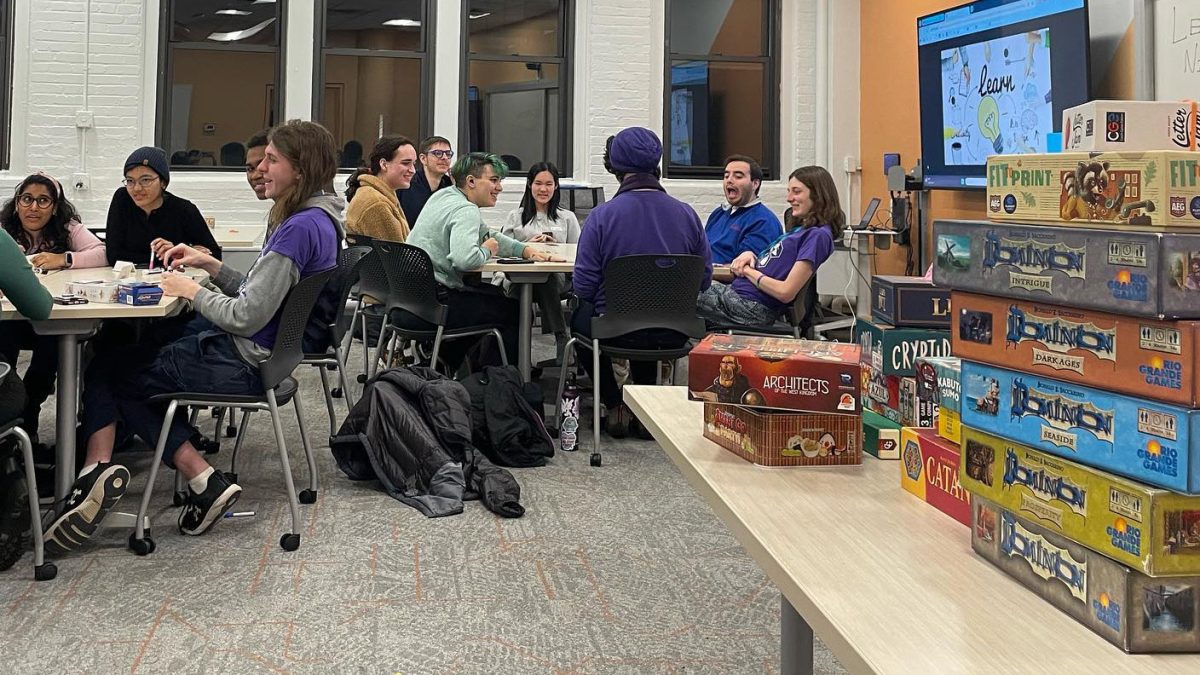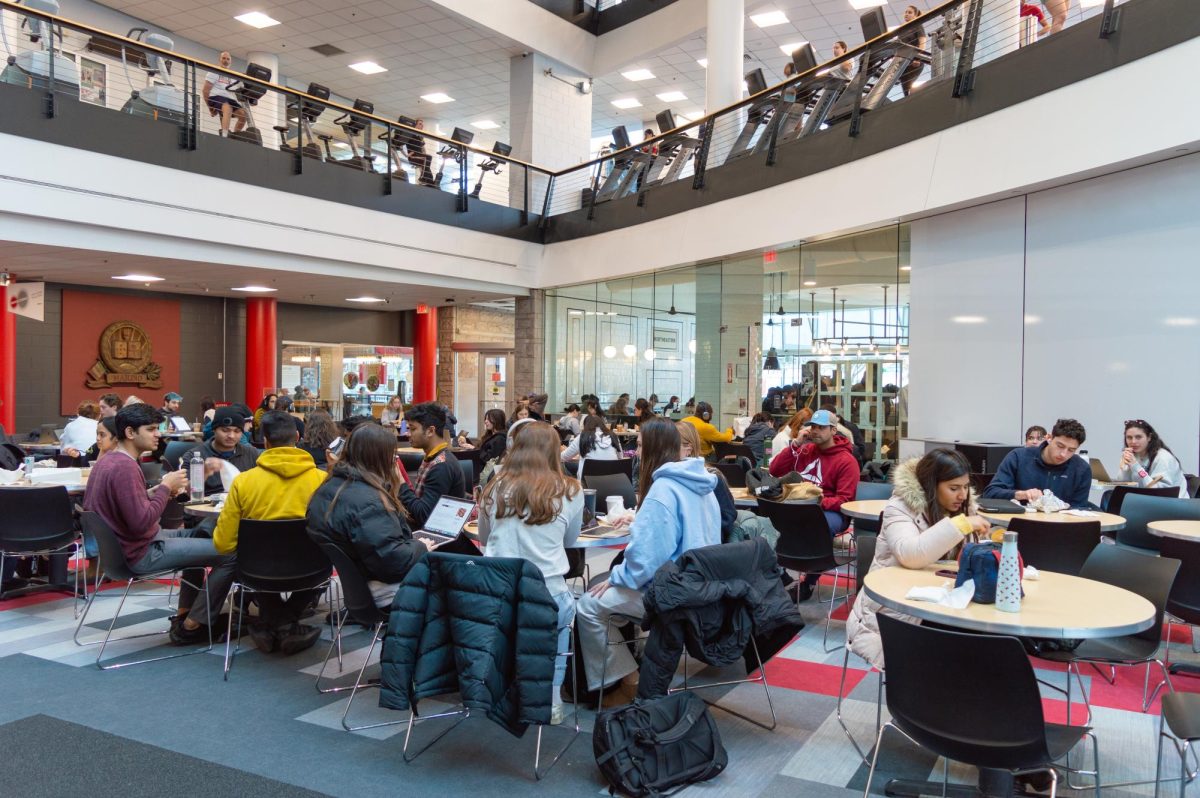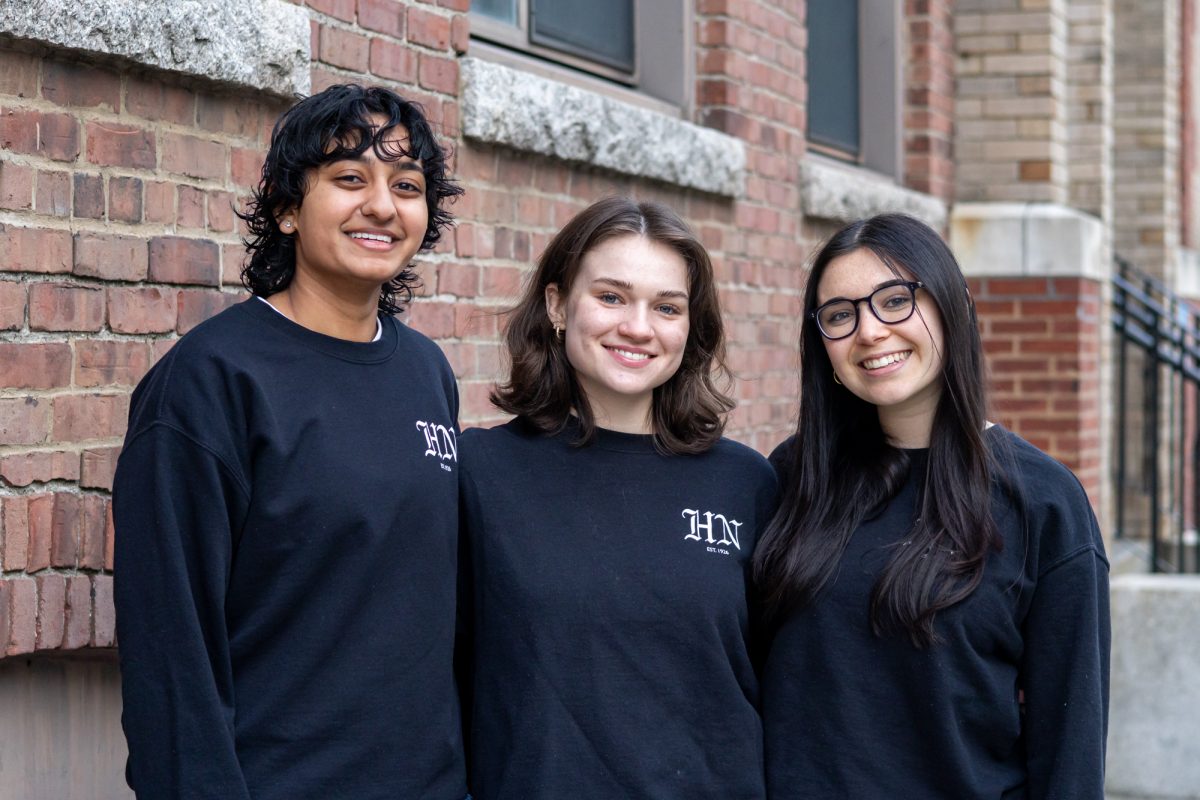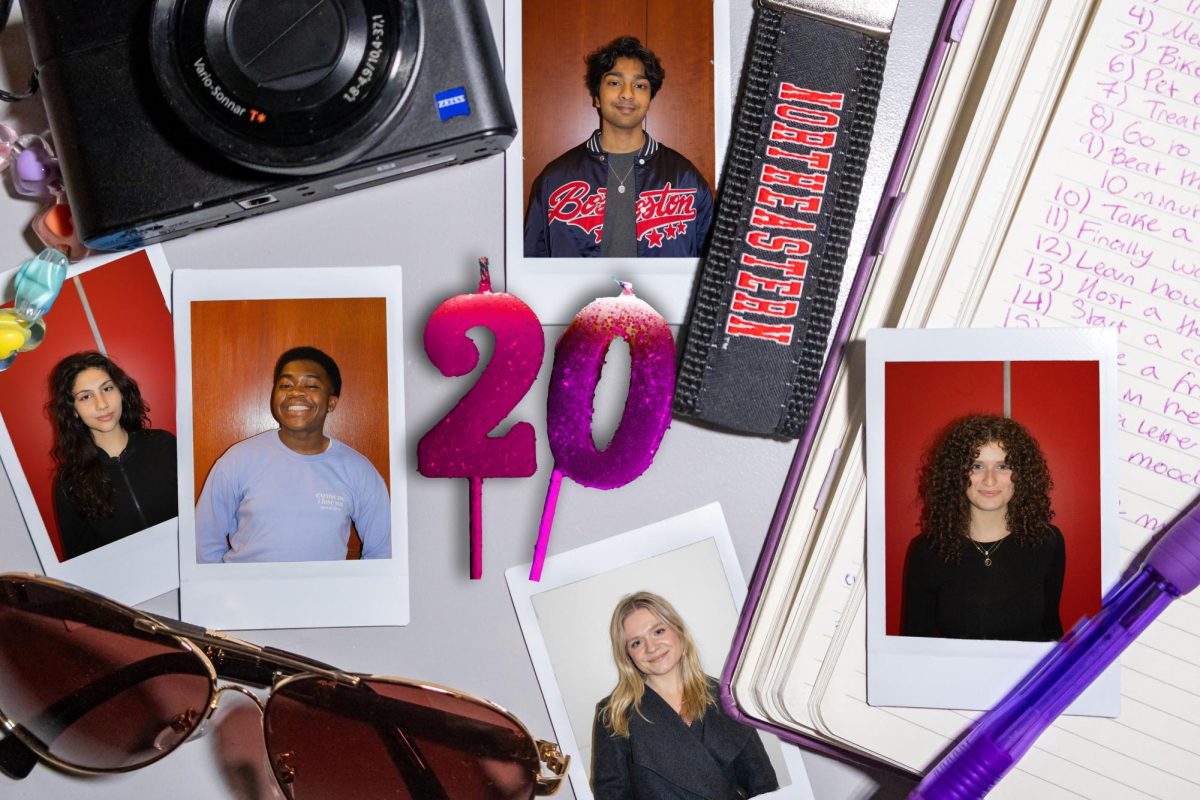By Holly Plunkett
From suicides to accidents, college students across the nation have been forced to deal with tragedies on their campuses, particularly the death of fellow students.
With the string of deaths at Northeastern this year, the Huskies have banded together to mourn and move on.
“It is an unfortunate incident every time a young person dies, but I don’t think it’s specific to Northeastern; it does happen everywhere,” said Dan Hogan, a sophomore communications major.
With the recent media attention the university has received in light of the tragic events, some students said they feel the campus is cursed.
“Many people believe that there is a curse this year,” said Christine Phelan, assistant director of university communications. “It’s important to note all of the deaths [occurring at Northeastern] were unrelated and unfortunately it has been a particularly tragic year.”
However, other universities have been faced with their own tragic years as well.
Like Northeastern, the University of Georgia switched to a semester calendar in the fall of 1998 hoping for a fresh start. Yet all it received was a string of unrelated deaths; by March, 11 fatalities had shocked the campus. Assistant Vice President for Student Affairs Rick Rose decided to commemorate these students, and a May 1 memorial service was planned. But on May 1, outside the university chapel, 11 people were not remembered — 28 were, as 17 more had passed in the months spent planning the event. From May 1999 to May 2000, 28 students, faculty and staff members had died with number 29 added to the list the next day, according to the University of Georgia’s Web site, www.uga.edu.
Dealing with unexpected death is always difficult and “it puts the campus in a funk,” Tony Jurich, a counselor at Kansas State University, told the Kansas State Collegian in 2002. “Young people are not supposed to die. We all know they do, but it always spooks the heck out of people.”
In 2002, the Collegian reported that 18 deaths in a span of 16 months took a toll on KSU. Three freshmen drowned in a sailboating accident and many witnessed a sophomore commit suicide by jumping off a campus building.
In a five-week period this fall, three New York University (NYU) students jumped to their deaths from university buildings. Two students jumped from the 10th floor of the university’s library and one from a dormitory. In March, a sophomore was the fourth person to jump off a nearby building. Although the floor of the Bobst Library was designed to look like spikes to reduce suicide jumpers, suicide was the main cause of death — one being drug abuse.
Dr. Paul Grayson, director of the university counseling service at NYU, said after the jumping incidents, “We had many counselors at hand to speak with students no matter what time of day, for a couple of days after each jumping. We are in the process of coming up with long-term solutions to try to reduce the chances of this happening again and are considering the possibilities of having counselors live in residence halls, increase the hours of the clinic being open and having a main number that students can call whenever they need that will directly refer them to whatever specific department they are looking for.”
Following the April 2000 suicide of a student who set herself on fire in an Massachusetts Institute of Technology dorm room, the university has implemented systems to reduce such behavior. Incoming students are asked to fill out a questionnaire asking them about any history of psychological disorder, suicidal thoughts or antidepressant use and are then monitored by the counseling center. The number of campus counselors has increased from one per 1,000 students to one per 800 students.
Statistically, however, alcohol is to blame for more deaths than suicides among college students, according to the Task Force on College Drinking.
“[Alcohol] is part of the college experience and part of the culture here in Boston,” Hogan said. “Alcohol is synonymous with the city and to take the culture of alcohol out of the city or colleges is like taking the Red Sox out of Boston.”
According to the federally supported Task Force, 1,400 college students across the country die every year due to alcohol-related accidents, not including homicides and suicides. Motor vehicle fatalities were the most common and binge drinking is also a serious problem. In 2001, the 23 campuses of California State University (CSU) became the first system to institute a system-wide alcohol policy. It focused on educating students on the danger of alcohol, restricting alcohol advertisements on campus and strictly enforcing existing drinking laws. Each campus received $25,000 by CSU Chancellor Charles B. Reed to do prevention work or to establish alcohol centers on campus.








